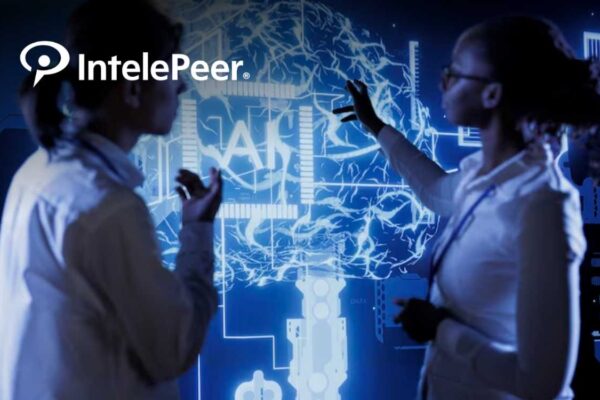- TomTom develops an advanced AI-powered voice assistant for drivers based on Microsoft Azure OpenAI Service.
- The solution is built into TomTom’s Digital Cockpit and can be integrated into other automotive infotainment systems.
- TomTom and Microsoft are collaborating to develop new automotive solutions that leverage AI capabilities, cloud analytics, and Microsoft’s automotive reference architectures.
TomTom, the location technology specialist, today announced that, together with Microsoft, it is bringing the benefits of generative artificial intelligence (AI) to the global automotive industry.
Leveraging Microsoft’s advancements in AI, TomTom has developed a fully integrated, AI-powered conversational automotive assistant that enables more sophisticated voice interaction with infotainment, location search, and vehicle command systems. Drivers can converse naturally with their vehicle and ask the AI-powered assistant to navigate to a certain location, find specific stops along their route, and vocally control onboard systems to, for instance, turn up the temperature, open windows, or change radio stations. All with a single interaction.
The solution integrates Microsoft Azure OpenAI Service to take advantage of large language models in addition to Azure Kubernetes Services, Azure Cosmos DB, and Azure Cognitive Services. The voice assistant can be integrated into other automotive infotainment systems, enabling automotive customers to accelerate time-to-market on a customizable interface while retaining ownership of their branding and the driver experience. The solution is also built into TomTom’s Digital Cockpit, an open, modular in-vehicle infotainment platform.
“Together with Microsoft, our shared vision is to drive innovation with generative AI and provide our customers with even better solutions,” says Mike Schoofs, Chief Revenue Officer, TomTom. “Leveraging our navigation and technology expertise, we’re creating a groundbreaking new way for people to interact with their vehicles. With both companies integrating what they do best into one solution, we’re transforming the in-vehicle experience, enabling drivers to ask their car for anything and trust it will deliver.”
“With this next generation of AI, we have a unique opportunity to accelerate innovation across the entire automotive sector,” said Dominik Wee, Corporate Vice President for Manufacturing and Mobility, Microsoft. “We’re building on our longstanding collaboration with TomTom and bringing together AI advances across the Microsoft Cloud with TomTom’s automotive expertise to provide drivers and carmakers with new AI-powered tools. This integration will enable OEMs to offer highly differentiated and unique cockpit experiences, while preserving their unique brand identity.”
TomTom started working with Microsoft in 2016, with TomTom powering Azure Maps location services, and the companies later expanding their partnership to mapping data and services for Microsoft’s first-party maps. As a natural evolution of their relationship, the companies are now collaborating on automotive solutions, driving innovation for generative AI-powered automotive solutions, and developing an in-vehicle digital cockpit and infotainment solution with cloud analytics.























